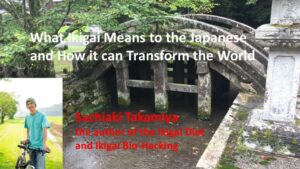Celebrating Risshun, the First Day of Spring and Snow Moon: The Shindofuji lifestyle
Get the Japanese Superfood List

The day after Setsubun was Risshun, on Saturday, February 4th. Risshun is the first day of spring in the Japanese old calendar.
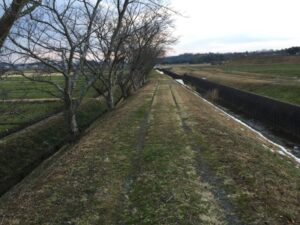
I went Nordic walking in the evening to get the sunlight at sunset.
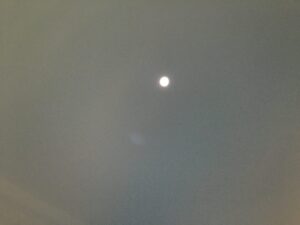
Then, on Sunday, the day after Risshun, we could see a beautiful full moon, which is called Snow Moon in America. The actual time of the full moon was around 3:30 this morning and tonight is the full moon night but last night was closer to the full moon time and the moon looked very much like a full moon.
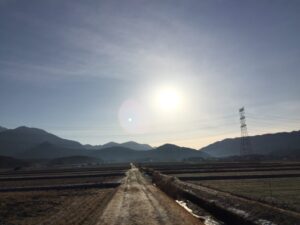
The morning sun this morning. It was great to absorb the moonlight and the sunlight the next morning.
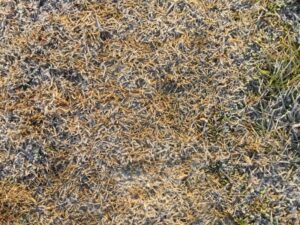
The ground was still covered with frost.

It was a beautiful walk this morning, too.
This is the Shindofuji lifestyle. Living locally and seasonally. Shindofuji means your body and soil are one. You are connected with the soil and nature around you. Feeling the season, too. We have so many seasonal events in Japan such as Setsubun and Risshn even before the actual beginning time of spring in March to constantly pay attention to the four seasons.
Morning sunlight exposure is a way to set yourself with the circadian rhythm, and celebrating these seasonal changes is also a way to set yourself with the seasonal rhythm. As I wrote in Chapter 16, Satoyama Living, in my book The Ikigai Diet, living according to the seasons, possibly using the lunar calendar, is critical to your health and longevity just like living according to the circadian rhythm is.
That must have been one of the secrets to longevity in blue zones, and it certainly was in Japanese blue zones.


